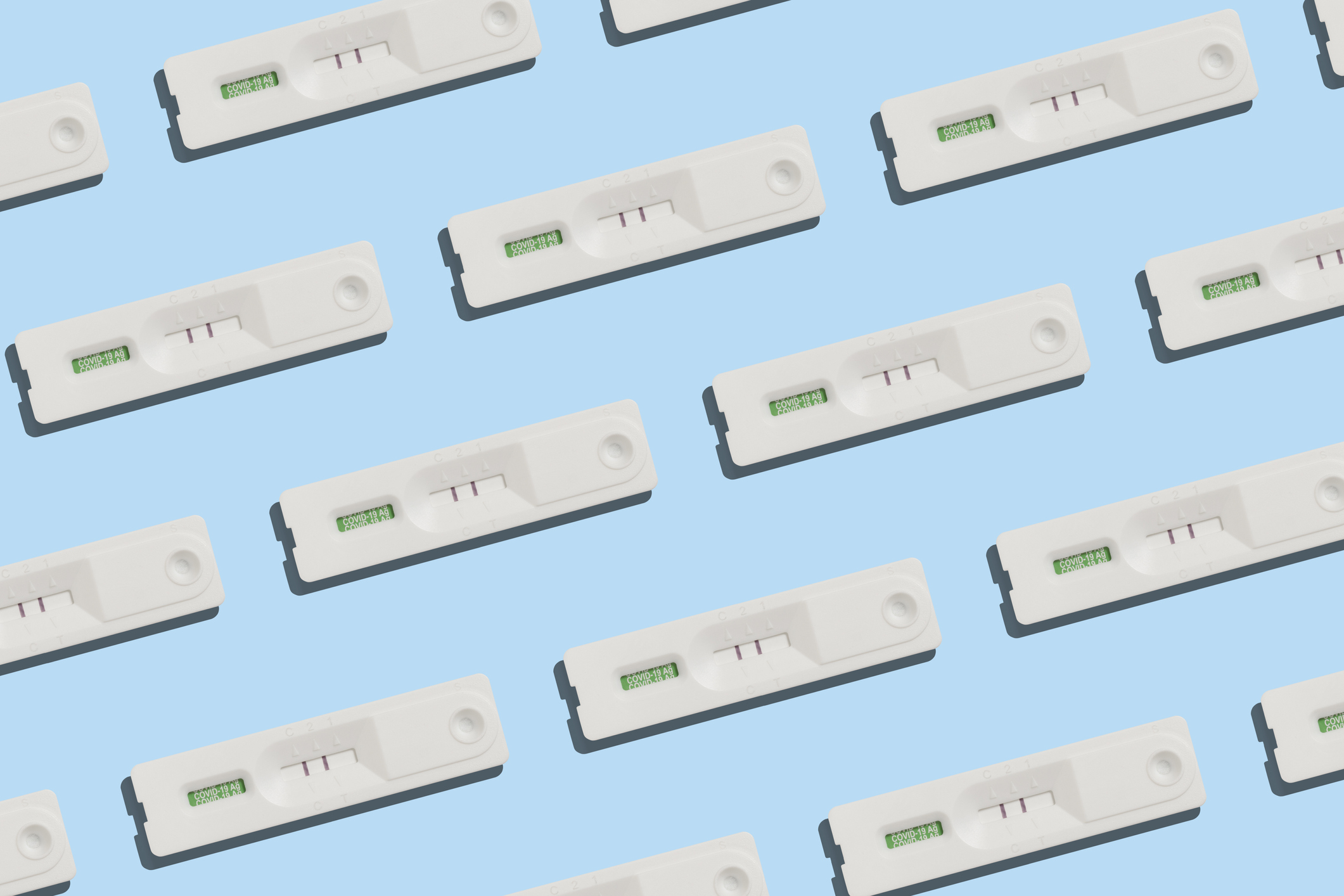
The dreaded scenario has happened: you’ve tested positive for COVID-19 at the worst time, with holiday travel, parties, or family gatherings just days away. Does this mean your plans are doomed?
Even nearly three years into the pandemic, the answer is surprisingly complicated.
The U.S. Centers for Disease Control and Prevention (CDC) says most people with mild COVID-19 can end isolation five full days after taking a positive test or the beginning of symptoms, as long as they’ve been fever-free for 24 hours and their other symptoms are improving. The CDC considers the day you took your positive test or developed symptoms to be day zero; your five-day isolation period begins the next day.
That said, there’s a difference between ending isolation and flying to attend a big holiday gathering. Through day 10, the CDC recommends staying away from people at high risk of severe COVID-19, such as those who are elderly or immunocompromised. If you will be around others, the agency says to wear a high-quality mask, such as an N95 or KN95. You can ditch the mask before day 10 if you test negative on two separate antigen tests taken 48 hours apart, the CDC says.
That pair of negative results isn’t guaranteed, even after five days of isolation. In a recent JAMA Network Open study, 80% of people with symptomatic COVID-19 during the first Omicron surge tested positive on rapid tests for longer than five days.
In short: you could still test positive, and potentially remain contagious, after an initial five-day isolation. What does that mean for your holiday plans? We asked two experts—Dr. Peter Chin-Hong, a professor of medicine at the University of California, San Francisco, and Dr. Tara Bouton, an assistant professor at the Boston University School of Medicine who has researched COVID-19 isolation periods—to weigh in on several scenarios.
If your plans fall within five days of testing positive
Stay home, cancel all travel, and connect with loved ones virtually. This advice can be hard to hear, especially around the holidays, but it’s “universally agreed on,” Chin-Hong says.
If it’s been longer than five days and you’re still testing positive
If your symptoms haven’t improved after five days, the CDC says you should remain in isolation.
If you feel fine but are still testing positive beyond five days, there’s a chance you’re still contagious. “The clear guidance is that you should not be unmasked around others,” Bouton says. If you have your heart set on attending a holiday gathering, the safest move is to wear a high-quality mask the whole time.
That’s especially important if you need to travel by plane, bus, or train to get to the party. If you tested positive 10 or fewer days ago and haven’t received your pair of negative test results, the CDC says not to use public transportation unless you can stay masked the entire time. When deciding whether to travel, Bouton recommends thinking not just of your plans, but of everyone else who will be traveling alongside you. “Would you want your grandmother sitting next to [a person testing positive] on an airplane?” Bouton asks.
If it’s been longer than five days and you’re testing negative
Under CDC guidance, you need a pair of negative antigen test results, received 48 hours apart, to remove your mask around others before day 10. But is it okay to unmask before then if you test negative once?
It “depends on the company you keep,” Chin-Hong says. If you’re planning to spend the holidays with people at high risk of severe disease, it’s probably smart to either wait for a second negative test or keep your mask on through day 10.
But “if you’re going to hang out with just college friends and you’re negative on day seven, I’d feel fine being normal with them, without wearing a mask,” Chin-Hong says. (It’s still a good idea to inform everyone you plan to see ahead of time and gauge their risk tolerance before you remove your mask.)
If you’re testing negative but have lingering symptoms, it’s wise to be extra cautious around vulnerable people, Chin-Hong adds. “If you just have a lingering cough, that’s probably not enough for me not to see grandma,” he says. “I’d wear a mask when I’m in close proximity, but I wouldn’t go crazy.”
If you experienced Paxlovid rebound
The antiviral Paxlovid can drastically reduce high-risk individuals’ chances of dying or becoming hospitalized if they catch COVID-19. But some people who take the drug experience what’s known as “Paxlovid rebound“: they test negative, then test positive again shortly thereafter. It is possible to be contagious during your rebound phase, Bouton says—so if it happens to you, you should be “thinking about extending your isolation period.”
If it’s been more than 10 days and you’re still testing positive
It’s fairly uncommon that someone who is not immunocompromised would test positive on an at-home test for longer than 10 days, but it does happen. (This scenario is more common with PCR tests, which can detect even tiny fragments of the virus.)
“I usually tell people, ‘Don’t even bother to test after day 10,’” Chin-Hong says. Unless you’re immunocompromised, you’re likely not contagious at this point, even if your tests are coming back positive, Bouton agrees.
More Must-Reads from TIME
- Cybersecurity Experts Are Sounding the Alarm on DOGE
- Meet the 2025 Women of the Year
- The Harsh Truth About Disability Inclusion
- Why Do More Young Adults Have Cancer?
- Colman Domingo Leads With Radical Love
- How to Get Better at Doing Things Alone
- Michelle Zauner Stares Down the Darkness
Write to Jamie Ducharme at jamie.ducharme@time.com